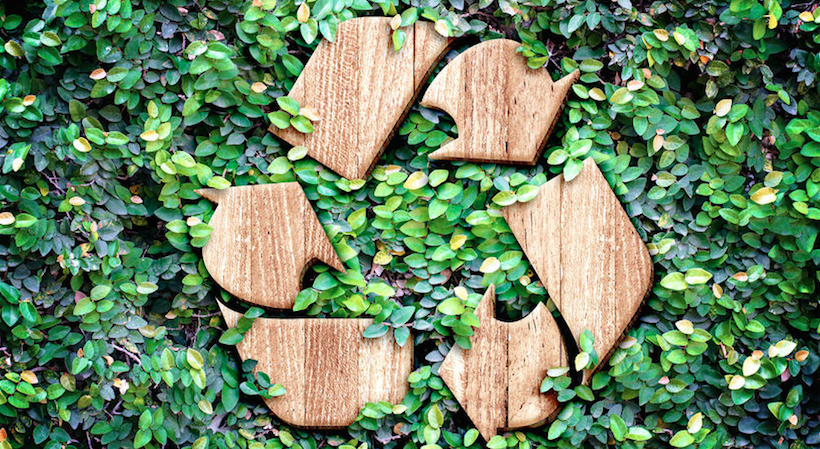Today, consumers care more about where their products come from than ever before. With many brands reaping the rewards of a more socially and environmentally friendly approach, it’s time for startups to follow suit in building sustainable brands.
StartupNation exclusive discounts and savings on Dell products and accessories: Learn more here
The market for ethical products is booming
Now more than ever, the coronavirus crisis has consumers rethinking their habits, and in turn, businesses are rethinking their social responsibility. Some are pivoting their existing business model to create face masks made out of recycled T-shirts or ones made of recycled ocean plastics.
According to a recent Association of National Advertisers poll, 20 percent of brand marketers have increased their corporate social responsibility and sustainability efforts as a response to the coronavirus pandemic.
Across the board, consumers are willing to pay a premium for sustainable products, and brands are listening to shifting consumer needs.
Millennials and Gen Z are driving change
Millennials are driving demand. In a Nielsen report, millennials were identified as the demographic most likely to pay extra for sustainable products, with almost 75 percent agreeing that they would put their hand in their pocket for ethical offerings.
Gen Z aren’t far behind. Those willing to pay more for products from socially and environmentally responsible brands is up from 55 percent to 72 percent over the course of a just a year. And it’s not just the wealthy and middle class — willingness to buy from brands that align with personal values was seen in consumers across regions, income levels and socio-economic backgrounds.
Related: Sustainable Business: Why Your Startup Should Go Green
How to build a sustainable startup brand
So, how do you go about pivoting your existing business in order to build a sustainable brand of your own?
Here are a few ideas to get you started:
Understand your audience and what matters to them
What do your customers care about? Conduct market research to get a complete picture of your target audience and what matters to them. You can then use this to inform your sustainability strategy.
Assess your current practices
Think about your supply chain: Where are you sourcing your products from, and how are they transported? Once you know what you’re dealing with, you can find areas for improvement. Look at carbon-offsetting initiatives, too.
Form your mission statement
With the knowledge you’ve gained from researching your customers, design a mission statement that will alleviate their concerns. Your sustainability strategy will then work to achieve this goal.
For example, popular outdoor brand Patagonia’s mission statement is: “Build the best product, cause no unnecessary harm, use business to inspire and implement solutions to the environmental crisis.”
Implement your strategy
Identify ambassadors for change within your organization to lead your new sustainability strategy. Assess the financial and operational impact of making these changes and cross-reference them to the benefit they’ll bring to you and your customer. Your product, if you have one, is a good place to start. The eco-friendly changes you make will become a unique selling proposition (USP) for your brand, so make them count.
Sign Up: Receive the StartupNation newsletter!
Measure, test and improve
Measurement is vital to success and should be woven into every element of planning — it’s not something you should just throw in at the end. Don’t wait until the campaign is over to evaluate its success. Test and make changes as your strategy takes shape and is implemented across the business.
Communication is key
If no one knows about the changes you have made, the perception of your brand won’t change. When speaking about these changes, think about the language you use and what will resonate with your audience.
One in five people agree that they would actively choose brands that promote environmentally or socially conscious practices on their packaging and in their marketing, so be bold in sharing the changes you’ve made.
Sustainability is within reach for your business, and you can start by making small changes to work toward a bigger overarching goal. In doing so, you can tap into a market that is searching for responsible products and services.






